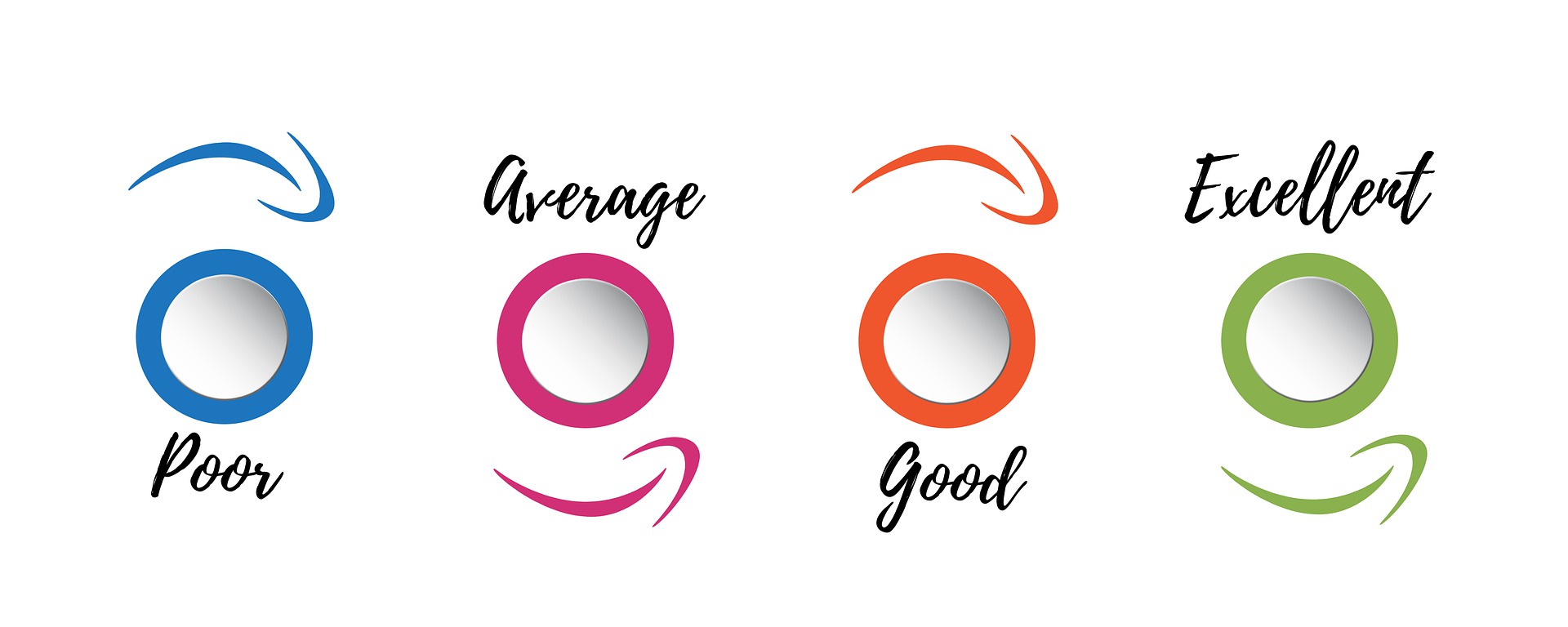The Importance of Critiquing BIM in the Architecture World: Fostering Open-Mindedness for Advancement

As an architect and BIM practitioner, I fully recognize the tremendous potential of Building Information Modeling (BIM) in improving the efficiency and quality of architectural projects. However, in order to ensure ongoing progress, it’s crucial for BIM practitioners not to turn a blind eye to any weaknesses that may still exist in this technology. In this article, I will explain why criticism of BIM is important and how having an open-minded approach to criticism can drive advancements in this technology within the architecture industry.
Recognizing the Advantages of BIM
I personally have directly witnessed the benefits offered by BIM in the architecture industry. One of the key advantages of BIM is its ability to enhance collaboration efficiency. By utilizing an integrated digital model, project teams can work synergistically, reducing communication errors and improving coordination across disciplines. Additionally, BIM enables better visualization by providing realistic three-dimensional models, allowing stakeholders to have a clearer understanding of the design and make more timely decisions. This also impacts the quality of projects, as BIM allows for more accurate analysis, such as structural, energy, and sustainability analysis, enabling architects and project teams to make informed decisions based on valid data.
BIM also transforms the way information is managed in the architecture industry. With BIM, all project data are integrated into a centralized digital model. This allows for easy and quick access to up-to-date information, avoiding errors that can occur due to the use of unsynchronized versions and ensuring that all stakeholders have access to consistent and accurate information. Furthermore, BIM allows for automatic updates when changes occur in a project, minimizing the risk of errors and optimizing overall project management efficiency.
We can see how valuable BIM is in advancing the architecture industry. The improved collaboration, better visualization, accurate analysis, and efficient information management provided by BIM make it an invaluable tool that positively impacts architectural projects.
The Need to Accept Criticism
Although BIM offers significant benefits, it’s important for BIM practitioners not to ignore potential shortcomings and weaknesses of this technology. Criticizing BIM doesn’t mean attacking it or doubting its potential; instead, it provides an opportunity to address weaknesses and enhance its quality. By accepting criticism, we can gain new perspectives that we may not have considered before. Criticism can help identify overlooked weaknesses and serve as a catalyst for innovation in BIM development.
Accepting criticism provides BIM practitioners with the opportunity for self-evaluation and improvement in the implementation of BIM. Criticism helps identify areas that need enhancement, such as improving interoperability between different BIM platforms or addressing challenges in complex modeling. Through continuous development and updates based on constructive criticism, BIM can become better and more responsive to user needs and industry demands.
Moreover, accepting criticism also allows us to inspire innovation in BIM development. When we’re open to criticism, we encourage questioning and discussions that can lead to new solutions and better ideas. Criticism serves as a means to drive more advanced technological developments, improve efficiency, and overcome challenges that may arise in BIM implementation.
By maintaining an open-minded approach to criticism, BIM practitioners can strengthen the utilization of this technology in the architecture industry. Accepting constructive criticism enhances BIM’s adaptability to changing project needs and demands. It also creates an environment that fosters innovation and drives technological advancements. In order to achieve the full potential of BIM, it’s important for practitioners to be willing to accept criticism with an open mind and view it as an opportunity to improve the quality and effectiveness of BIM in the architecture industry.
Adapting BIM Implementation to Context
It’s important to recognize that BIM implementation needs to be tailored to the specific context of each project and working environment. Work culture, habits, and local requirements can influence how BIM is used and applied. The flexibility and adaptability of BIM are key to achieving optimal alignment with such contexts. By acknowledging local needs and challenges, we can develop implementation strategies that are suitable and optimize the benefits of BIM.
To strengthen the quality of BIM implementation, it’s important to encourage collaboration and knowledge exchange among BIM practitioners, technology developers, and relevant stakeholders. Through open dialogue and close cooperation, the experiences and insights of practitioners can be integrated into the development and refinement of BIM. Knowledge exchange also enables better adoption in diverse working environments.
Conclusion
In the effort to advance BIM as an increasingly powerful tool, it’s crucial to accept criticism with an open mind. Criticizing BIM does not mean rejecting it; rather, it stimulates improvement and innovation. By accepting criticism, we can identify weaknesses and challenges in BIM implementation and adjust the use of this technology to suit the specific context of each project and working environment. Through collaboration and knowledge exchange, we can optimize the potential of BIM and propel the architecture industry towards a more efficient and innovative future.
Credits:
Image by Gerd Altmann from Pixabay